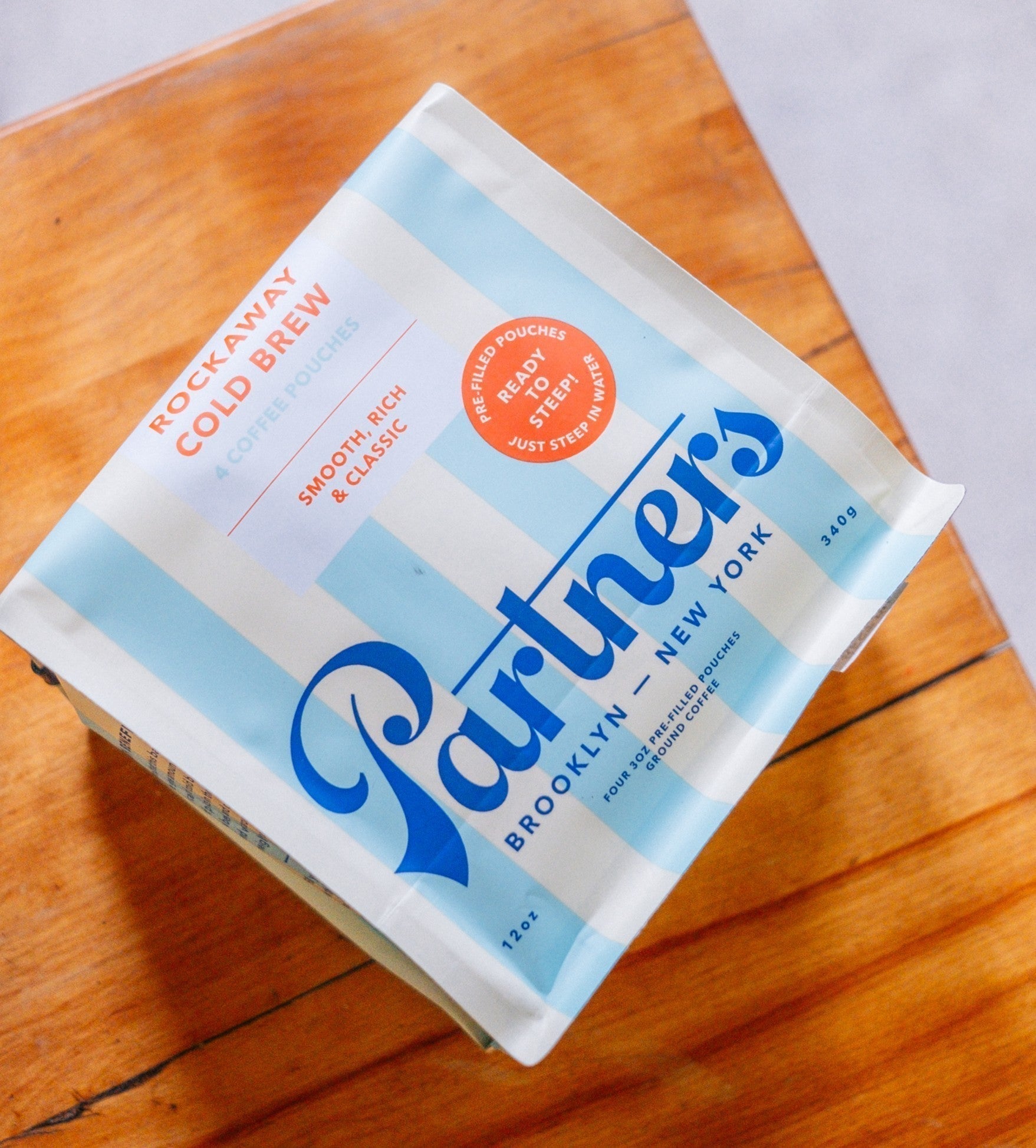If you’ve ever purchased specialty coffee, you’ve probably come across the term “processing.” In this post, we’ll break down what it actually means - so the next time you see it on a bag or menu, you’ll know exactly what that distinction is telling you about the coffee inside.
Before we examine the different categories of coffee processing, it's helpful to define what processing really is. When coffee is harvested, it is harvested as a ripe fruit - a small, usually red or yellow fruit resembling a large cranberry. Beneath the skin is a layer of pulpy, yellowish flesh. At the center are (normally two) seeds, which colloquially we know as coffee beans. The seeds are protected by a layer of parchment, which is coated in a sticky layer of mucilage.
Processing, put very simply, is how a coffee producer manages the parts of the fruit that are not the seed in order to prepare the seed for storage, dry milling, and roasting. How a coffee producer or washing station approaches processing can have an enormous effect on the quality, flavor, and longevity of the coffee.
There's a common comparison drawn between specialty coffee and wine, but in winemaking, the goal is generally to minimize the impact of the seeds on the final product. In coffee production, the goal is to focus on the seeds and to present them with their best flavor potential!
WET VS DRY PROCESSED
These terms are often used interchangeably with "washed" and "natural." We like to refer to "wet processing" as any method that involves depulping the coffee ("wet" because the mucilage is exposed). This includes washed coffees, but it also includes honey processes (aka "pulped naturals") which generally don't require water for processing.
WASHED PROCESS
Fully washed coffees generally involve depulping, fermenting, washing, and drying the coffee. Fermentation breaks down the mucilage and washing removes the remnants of it. Washed coffees are normally associated with higher clarity and acidity, but slightly less body, than natural and honey processes.
Each step in this process can be performed with different techniques, timings, and levels of care; to say that a coffee is "fully washed" is merely an indication of a general processing strategy.
The fermentation process for washed coffees is usually a wild fermentation using ambient microbes. In some cases a producer may choose to inoculate the coffee with cultured yeast and bacteria that is either produced at the farm with native microbes or purchased commercially.
Usually the fermentation stage happens in a tank which can be concrete, wood, plastic, tile, or stainless steel - the material matters due to its porosity, ease of cleaning, and ability to retain or transfer heat. Fermentation can happen with or without the addition of water; submerging the coffee in water generally leads to cooler temperatures and slower fermentations.
Historically, fermenting coffee was viewed as a high-risk step; therefore, producers opted for very short fermentations. Today, it is far more common that producers view fermentation as value additive, resulting in longer, more complex, and more hygienic protocols. Some of our favorite coffees are fermented for 48, 72, even 96 hours instead of the ~12 hours that was once more common.
NATURAL PROCESS
Natural process coffees are simply harvested, then dried as intact fruit. When the coffee is eventually sent for dry milling, the husk is removed along with the parchment. Natural process coffees are normally associated with a heavier body and lower acidity - though they can be quite intensely fruity.
Naturals are extremely common in Brazil, where their flavor profile tends to be more like chocolate and caramel. In most other origins, naturals are produced on a smaller scale and can be intensely fruit-forward. Despite their simplicity, they are also incredibly laborious to make, often requiring weeks of very regular turning.
Although there is no explicit fermentation step in conventional natural processing, fermentation does happen and does have an impact on flavor as the coffee is drying.
HONEY PROCESS
Honey (or pulped natural) processing is a sort of halfway between washed and natural processing. As with washed coffees, the producer starts by depulping the coffee, leaving a certain amount of fruit intact.
If almost no pulp is removed, that is referred to as a "black" honey. If almost all of the pulp is removed, that is a "white honey." If somewhere between, a "red" or "yellow" honey. Then, the coffee moves immediately to drying (where it is turned regularly, just like a natural).
Honey processed coffees tend to have more body than washed coffees, and often more prominent fruit flavors, but they tend to have slightly more clarity and structure than natural process coffees.
ANOXIC PROCESSING ("ANAEROBIC")
Fermentation is, by definition, an anaerobic process, regardless of whether oxygen is present. We prefer the term "anoxic," which describes something happening in an environment from which oxygen has been displaced or removed.
Anoxic fermentation is another way that flavor can be modulated, and it is compatible with washed, natural, and honey processing alike. These conditions can alter the mix of microbes involved in fermentation (suppressing obligate aerobes like acetobacter and favoring obligate anaerobes and facultative anaerobes like lactobacillus and certain yeasts).
Well-executed anoxic processes can result in very intense or complex fruit flavors. This approach can also be used effectively to create a well controlled fermentation, even where the goal is subtlety and not intensity.
SUMMARY
While this isn't a complete list of coffee processing strategies (we haven't even really discussed drying!), we do feel this is a valuable overview for anybody who wants to understand the differences between the main processes we source and what their intended result is.
In the most reductive view, coffee processing is the way that producers manage the parts of the coffee that we don't want to consume. But in the most expansive view, every single detail has an effect in the cup.
Questions? Check out our FAQ page or send us an email at help@partnerscoffee.com!








Leave a comment
This site is protected by hCaptcha and the hCaptcha Privacy Policy and Terms of Service apply.